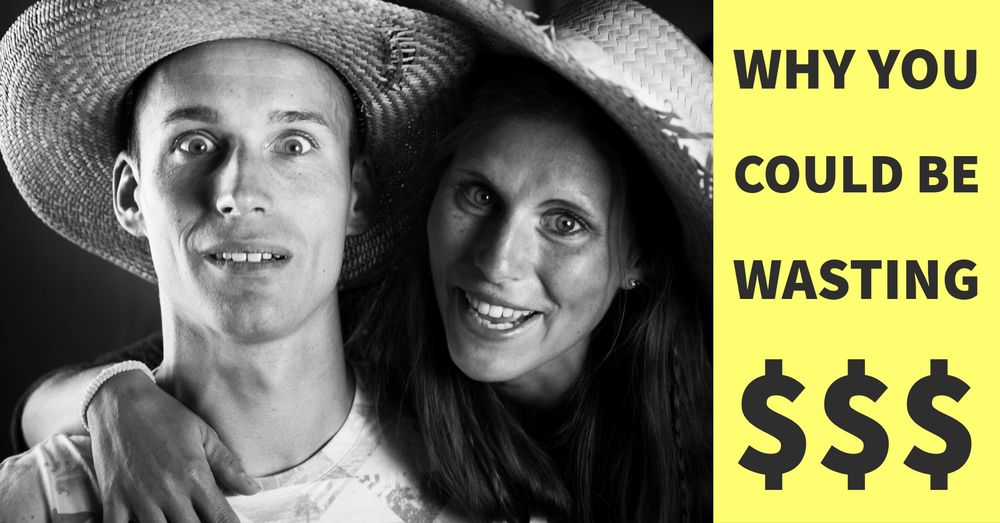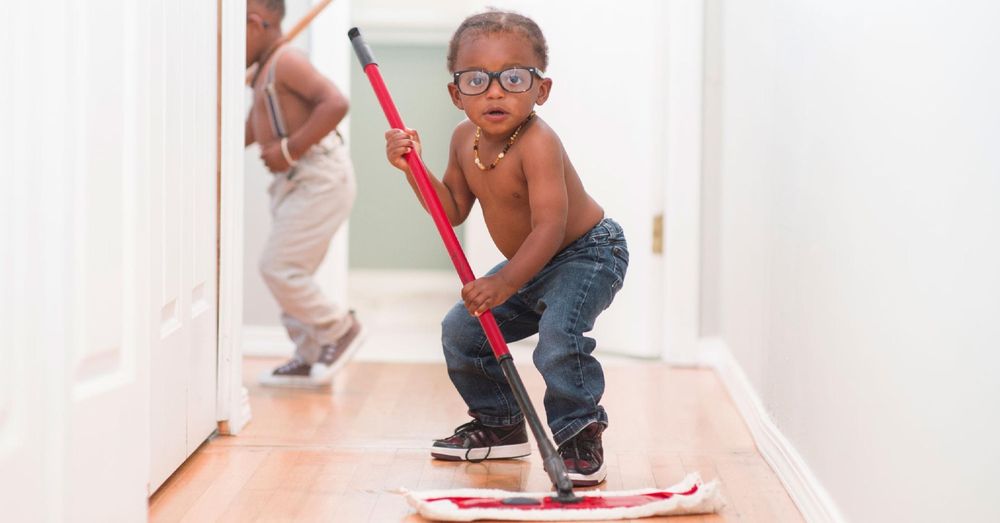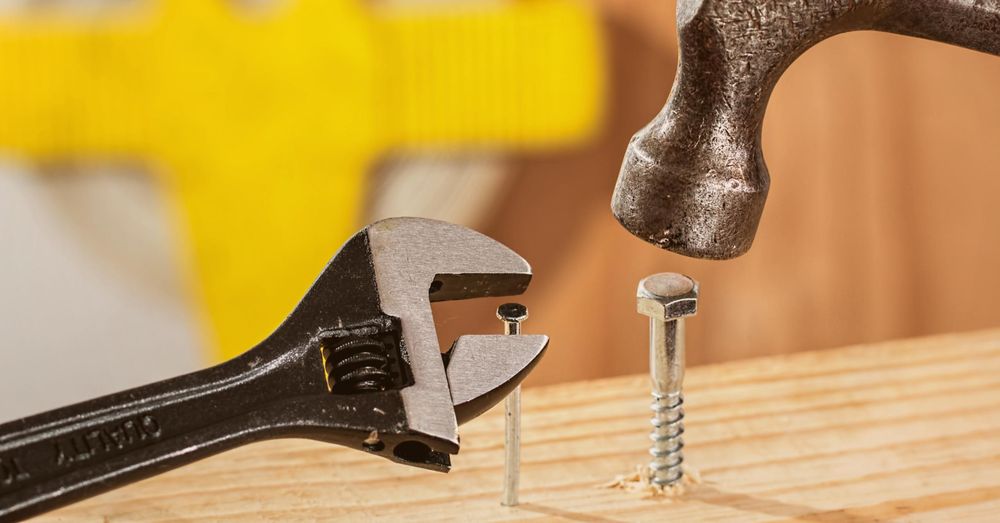
Newscaster #1: The great meth testing scam. What a bloody scam it was.
Maria Slade: This is the word that was used by Ross Bell of the New Zealand Drug Foundation.
And a lot of people, I think, would be quite shocked that an organisation that’s set up to reduce harm from substance abuse has come out and said that the new meth testing standards that the government’s bringing in are visibly low.
That is their view. That the word contamination shouldn’t even be used. Because of this new standard of 1.5 micrograms per 100 square metres of a surface, it’s so low there’s just no evidence that at that levels meth residue causes any harm whatsoever to human health.
Full Audio Interview (transcription below):
Newscaster #1: I wonder if it’s corporate jargon talk that was used as a kind of… not a deflector, but certainly as a way of mystifying and fogging.
Maria Slade: I don’t think that’s fair. I think there’s a lot of strings to this. Just a little bit of history. Up until now all we’ve had is a guideline that the Ministry of Health put out about seven or eight years ago.
And it was just a guideline, and it was supposed to be for cleaning up after a meth lab. And the theory there is that with cooking P, there’s a whole lot of other horrible toxic chemicals involved that you don’t test for.
But if you can clean meth right down to the standard (was 0.5 micrograms, so incredibly low) then you’ve probably cleaned everything else up as well.
Newscaster #1: Right. And they had to come up with something.
Maria Slade: Yes. And this was the thing. There was nothing else. And so everybody started using that as the standard. And so at 0.5 supposedly a home was contaminated. We now know that that’s not the case, and so they pulled together a committee.
And they actually produced this standard quite quickly, because there was such a need for it. So Standards New Zealand pulled together this committee, lots of people from the industry, and they came up with 1.5 micrograms.
And what they’re saying is that this is a standard, so it’s way below the level at which there would be harm to peoples’ health because to be careful, that’s what you have to do. So this is the new standard. But what’s happening is the government’s going to enshrine it in law.
It’s going to be in the Residential Tenancies Amendment Bill, as it is currently. Obviously, we don’t have a government at the moment, so we’re not quite sure when that’s coming out.
Newscaster #1: No. They’re all on planes as they’re making their way to Wellington today.
Maria Slade: Yeah. So that standard will be in the law, and it gives landlords the right to kick tenants out with just seven days’ notice if a house tests positive at this level.
And so this is why the drug foundation is very upset about it because they say there are lots of vulnerable people that are going to be kicked out of their homes on a standard that’s just incredibly low.
Newscaster #1: Because they may have smoked meth in their house or had people over.
Maria Slade: Or someone before them may have smoked meth.
Newscaster #1: Because of someone before them.
Newscaster #2: By the way, Maria Slade. She is the author of Buyer Beware: A New Zealand Buyer’s Guide. Massively popular in New Zealand. And, of course, still available at your favourite book retailer.
A little while ago, Shannon Lush, who joins us on Saturday mornings on RadioLIVE… we call her the queen of clean, and she’s incredibly knowledgeable and has a great lineage of chemical knowledge, too. And she gave us a recipe for cleaning meth.
Now, we had a number of – let’s not call it complaints – feedback saying that we should take more responsibility around the things that we discuss on the show. The hard, cold fact, the reality of the conversation, was that the cleaning method that she did supply to us was actually satisfactory.

Maria Slade: She would be joined by Nick Kim from Massey University in giving that kind of advice. He’s an environmental chemistry expert, and he actually gets people ringing him up, going, “Ah, my God! My house has tested positive. What do I do?” And his advice is sugar soap.
Newscaster #2: Yep. That strips anything. That’ll take skin from your hands, so that’s a good cleaner.
Newscaster #1: Always gloves on.
Maria Slade: Yeah. And so, yes, that’s caused controversy as well, because, again, there’s a whole lot of strings to this.
And one of the things that the experts, the decontamination companies, will tell you is that different surfaces react differently to meth, and one surface that just sucks it up like nobody’s business is polyurethane.
So if you’ve got that round your doors or floors. You’re going to get much, much higher readings if there’s been meth smoking or, indeed, cooking in your house, than you will on your acrylic paint kind of thing.
So there are the various things that have to be taken into account. Having said that, the question now is can you pick up a bargain if you buy a house that tests positive for a bit of P, and the answer is it depends.
But you don’t want to get hysterical about it, quite frankly. Because people used to get hysterical about asbestos, and now we know that there are ways and means of dealing with asbestos.
And, okay, it’s not great, and you do need to get rid of it, but it doesn’t necessarily need to be the death knell of a property deal if you discover a problem like that.
Newscaster #1: There is money in the muck, though, but there’s always been money in the muck and there’s money in food. The great meth testing scam, that’s what we’ve started off with this morning. Are Kiwis wasting thousands of dollars?
Maria Slade: The answer is it depends. I guess, go back to my original point. I think you just don’t want to get hysterical about it.
I think you do need to get houses meth tested because the other thing the experts will tell you is the difference between a little bit of meth and a whole truckload of meth could be one night, because around a third of hardcore meth users will cook it at some stage because they run out of money, and so, “Oh, hey, let’s get the mobile lab, rock up overnight, cook up a batch,” and then your levels are through the roof.
So it’s kind of the habits that it indicates. And one professional landlord I spoke to, he said, “Well, the amount of meth that I would like my tenants smoking is zero, quite frankly.”
Because you’ve got to understand it from a landlord’s point of view. You don’t want this kind of lifestyle going on in your property.
Newscaster #1: But the reality is it happens.
Maria Slade: It does. Exactly. So I think you do need to test, but I think that if it comes up positive, don’t write it off. Do some more investigation, do some more testing perhaps, and work out which areas of the house, which surfaces are the big problem.
Newscaster #1: If it comes in positive, they’ll be able to give you a reading on it. Correct?
Maria Slade: Yes.
Newscaster #1: Okay. Well, I’m sorry. Forgive me. What was the new standard going to be?
Maria Slade: 1.5 micrograms.
Newscaster #1: 1.5 micrograms. So if it came in at… I don’t understand, but maybe it is 10 when someone has cooked it, is it?
Maria Slade: No. If someone had cooked it, it would probably be a lot higher than that.
Newscaster #1: Even higher than 10?
Maria Slade: Yeah.
Newscaster #1: So if you got, say… I don’t know. Well, I’ll pick a number, 30.
Maria Slade: Oh, then you’ve got a real problem.

Newscaster #1: You’ve got a real problem. So you know you’re going to deal with it. If it comes back in at 2, then maybe it’s time to go, “Oh, blimey, and I’ve got to do it.”
But I guess we need some way of saying that’s okay because otherwise, you’re a landlord, you find that someone smoked in it, and you go, “Okay, well, I don’t need to strip the whole house out,” you scrub it clean yourself. And then do you get it retested and see if it comes in under 1.5?
Maria Slade: Yes.
Newscaster #1: But you are pretty certain that you, as a person doing that cleanup, are actually going to be okay if you wear gloves and bits and pieces.
Maria Slade: Yeah. Again, you’d want to investigate the situation pretty thoroughly because, like I say, different surfaces react differently. And this is one of the big gaps in the knowledge.
There has been pretty much no research done on how different building products, different materials, react to methamphetamine residue, so there is a real gap in our knowledge there.
But one real estate likened it to properties in Christchurch back when, after the earthquakes and people were selling uninsured properties as they were.
You could really pick up bargains then because a lot of them didn’t actually need as much work as you might think to fix. but people cottoned onto that, and then there was a competitive market for those properties, and so it wasn’t as easy to.
Newscaster #1: Property prices are going up in Christchurch. Can we just finish off by saying… I know that you’re writing for The Spinoff, looking into businesses that are profiting from decontamination. What have you found?
Maria Slade: Well, the next part to this is the new standard does actually include a whole lot of requirements on the testing and decontamination industry, so it’s going to be de facto regulation.
They’re going to have to meet a standard. Their staff are going to have to get an NZQA standard, which is actually yet to be developed. So it’s coming. It’s all in the pipeline.
Newscaster #1: There’s a gap. There’s a big gap.
Maria Slade: Well, there’s a bit of a gap at the moment, but it’s not going to last long.
Newscaster #1: Good. Pleased to hear it. Absolutely fascinating. The book that you spent quite a lot of time researching and putting blood, sweat, and tears into, it’s a really good one.
And you should subscribe to it, if not buy it. It’s called Buyer Beware: A New Zealand Buyer’s Guide. And it’s made a lot of difference to a number of New Zealanders.
P.S. Do you know of other people that will find this article useful? Please share it on social media. Thank you!